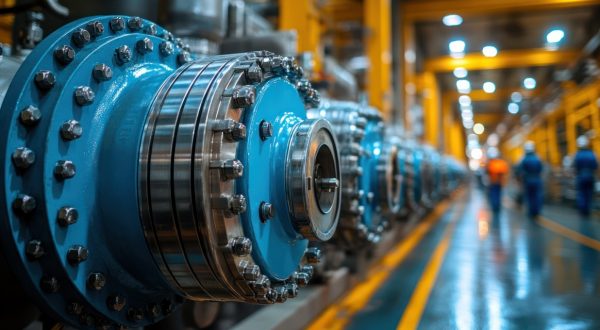If the building sector is to play its part in the energy transition, then it must take steps to decarbonise. But how is a building’s carbon footprint calculated?

Comfortably settled in your office, have you ever wondered if the building you occupy is properly insulated, what materials it was constructed with, where they came from, what type of land – whether natural or agricultural – it was built on, or how much energy it uses? These are all questions that the construction sector, which is one of the main emitters of CO2 (it alone accounts for 25 % to 30 % of France’s carbon footprint), can no longer shy away from.
The enforcement, from 1 January 2021, of France’s new RE2020 environmental regulations, which aim to reduce the carbon impact of new buildings and to further improve their energy performance, is set to change the equation.
“We are moving from guidelines focusing almost entirely on energy consumption to environmental regulations encompassing building systems, the impact of the actual project, and the building’s water and energy use during a theoretical service life of 50 years,” says Pierre Blanchet, Building Solutions innovation manager at VINCI Energies.
Put briefly, the scope used to measure a building’s impact on global warming will now cover its entire life-cycle.
A still-imperfect measurement system
A building’s carbon footprint is measured in kg CO2 eq, in other words quantity expressed in kilograms of carbon dioxide equivalents of the main greenhouse gases (methane, nitrous oxide, etc.), including CO2, which alone accounts for almost 40 % of greenhouse gases.
“As the main contractor, VINCI Energies must look at the impact of its suppliers,” notes David Merienne, director of Cegelec Tertiaire IDF.
“The environment will emerge as a key new constraint alongside cost, deadline, and quality”
Unlike other building materials, technical installations (plumbing, air conditioning, heating, ventilation, lifts, etc.), which form VINCI Energies’ core business, use a standard system to measure their impact, since very few manufacturers publish the carbon footprint of their products.
However, technical systems represent 30 % to 40 % of a building’s carbon footprint and around 3 % of total carbon emissions in France. Given that the European Union aims to achieve carbon neutrality by 2050 (Going Climate Neutral in 2050), the environmental impact of buildings is becoming a burning issue.
Using ad-hoc tools to anticipate
“As part of its commitment to overall performance, the VINCI Group has decided to anticipate the new regulations and establish a more accurate method to measure the impact of technical works packages. In any case, their contribution will also be measured in time; it’s in the natural course of events,” believes Merienne.
“We already have labels like BBCA and E+C– (promoting low-carbon, net-zero buildings) but the building engineers devoting an increasing amount of time to these environmental issues want to see effective measurement tools in order to refine the carbon footprint results of their projects,” he adds.
Several calculation tools have been designed in-house at VINCI Energies or are in the process of being finalised. “The idea is that the emission factors of a particular product or type of energy are entered into a dedicated application according to standard criteria. This makes it possible to assess the various solutions available based on their carbon footprint, while also taking into account their renewal since a building’s lifecycle is calculated over a 50-year period,” says Blanchet.
According to the Building Solutions innovation manager at VINCI Energies, “the environment will emerge as a key new constraint alongside cost, deadline, and quality.” And it’s a constraint which needs to be anticipated as much as possible.
05/06/2020





